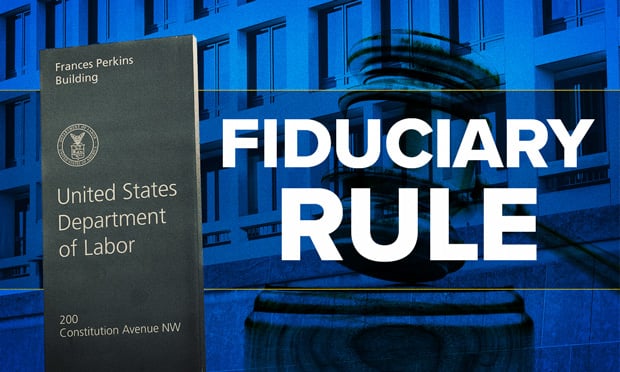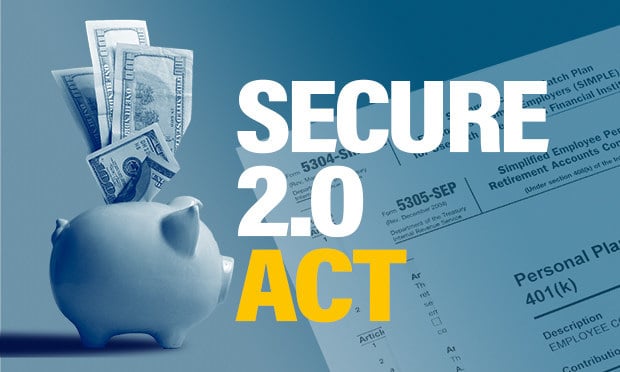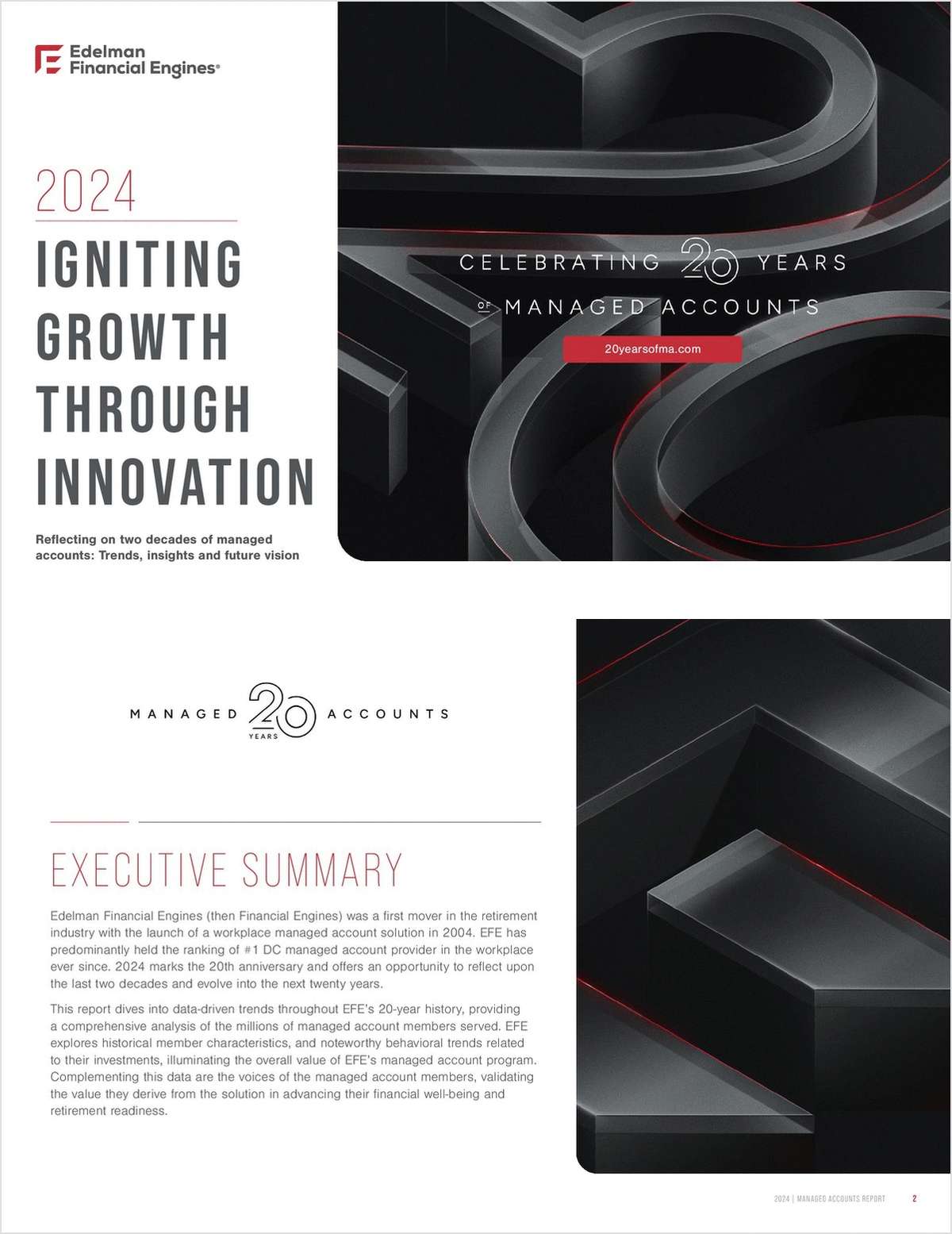As tax incentives directed at employer-sponsored retirement plans multiply, the dollar figures attached to those incentives is also rising apace.
According to the latest estimates from the federal Joint Committee on Taxation, direct contribution plan incentives alone over the coming five years will cost the Treasury $399 billion.
Direct benefit plan incentives during that period will total $248.3 billion, while self-employed pension plans will tack on another $52.1 billion.
Continue Reading for Free
Register and gain access to:
- Breaking benefits news and analysis, on-site and via our newsletters and custom alerts
- Educational webcasts, white papers, and ebooks from industry thought leaders
- Critical converage of the property casualty insurance and financial advisory markets on our other ALM sites, PropertyCasualty360 and ThinkAdvisor
Already have an account? Sign In Now
© 2024 ALM Global, LLC, All Rights Reserved. Request academic re-use from www.copyright.com. All other uses, submit a request to [email protected]. For more information visit Asset & Logo Licensing.








